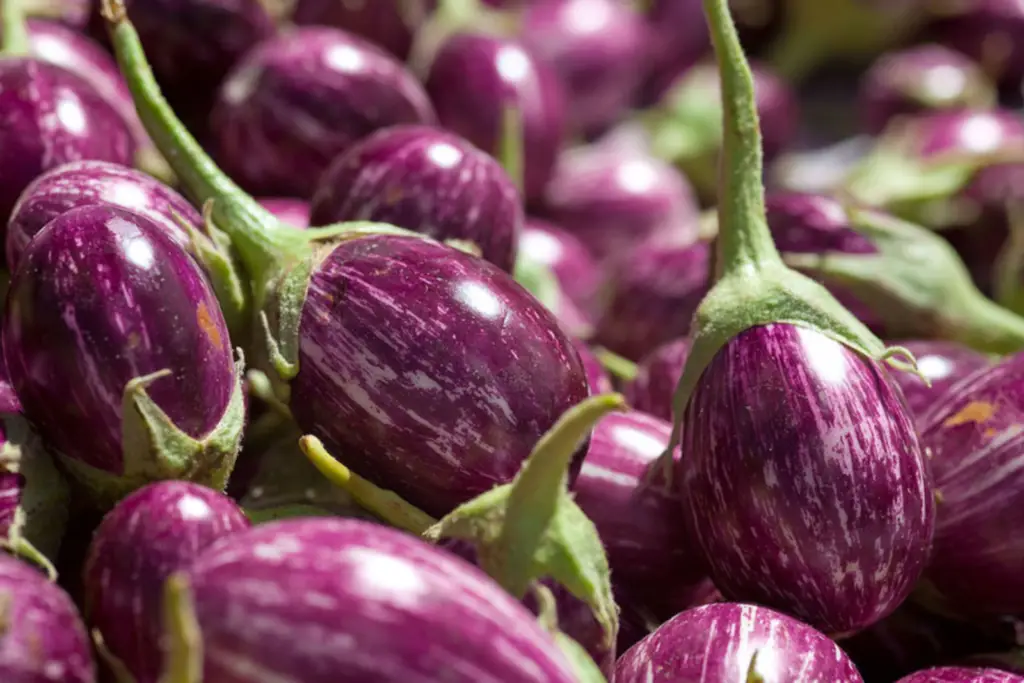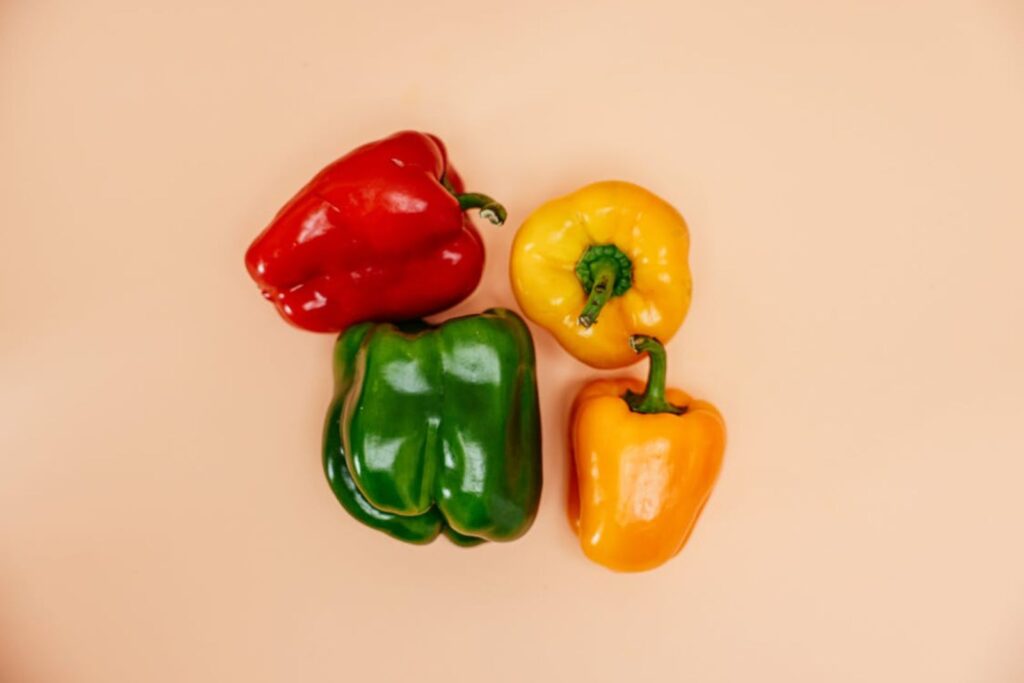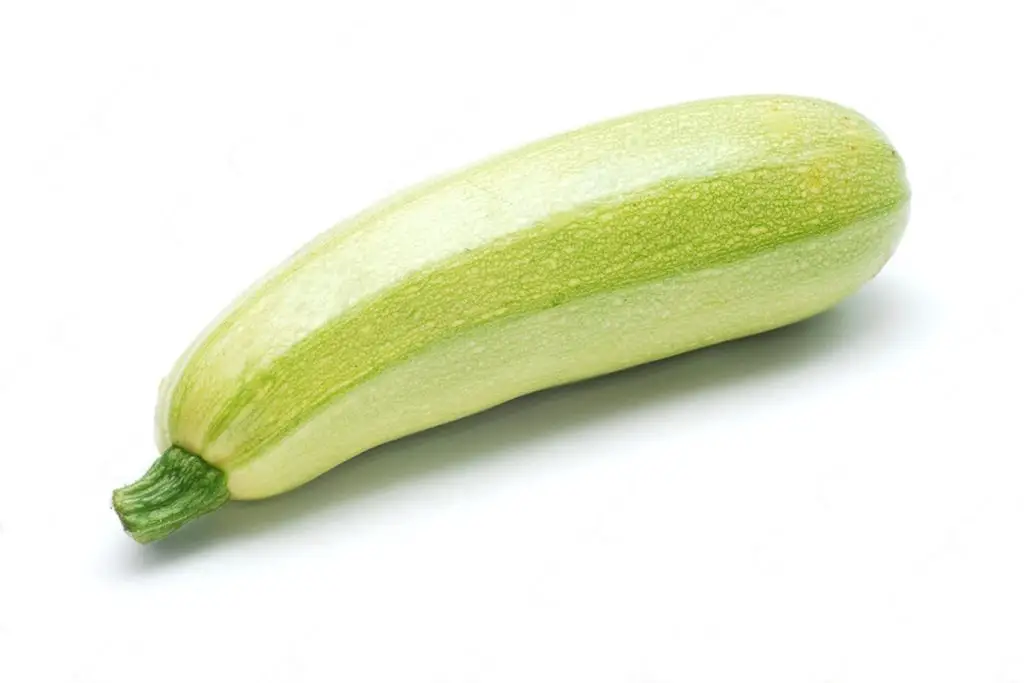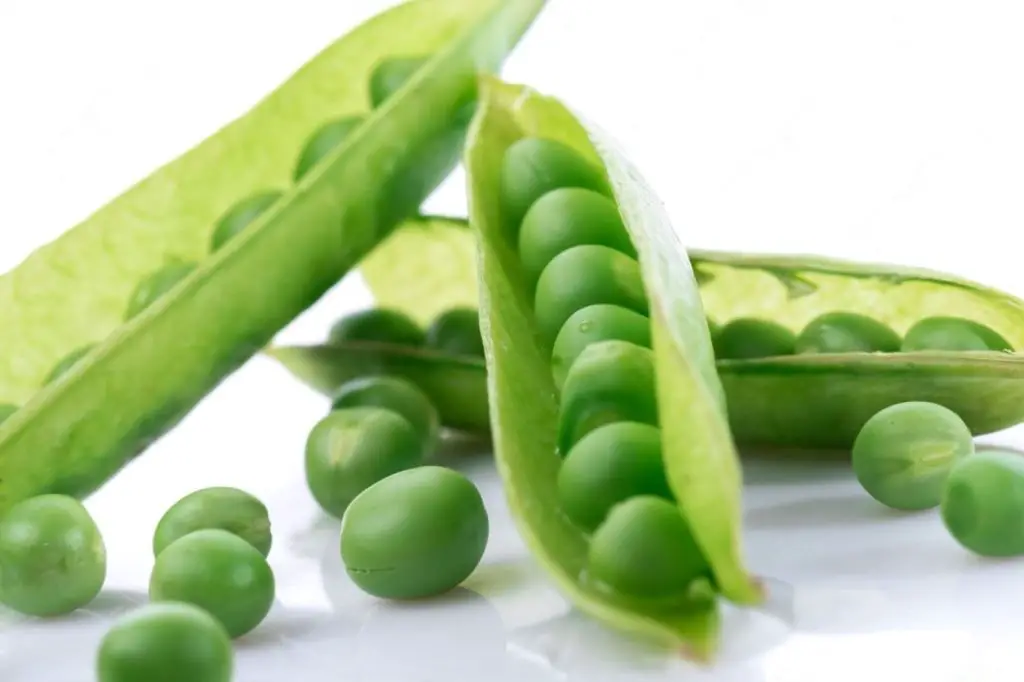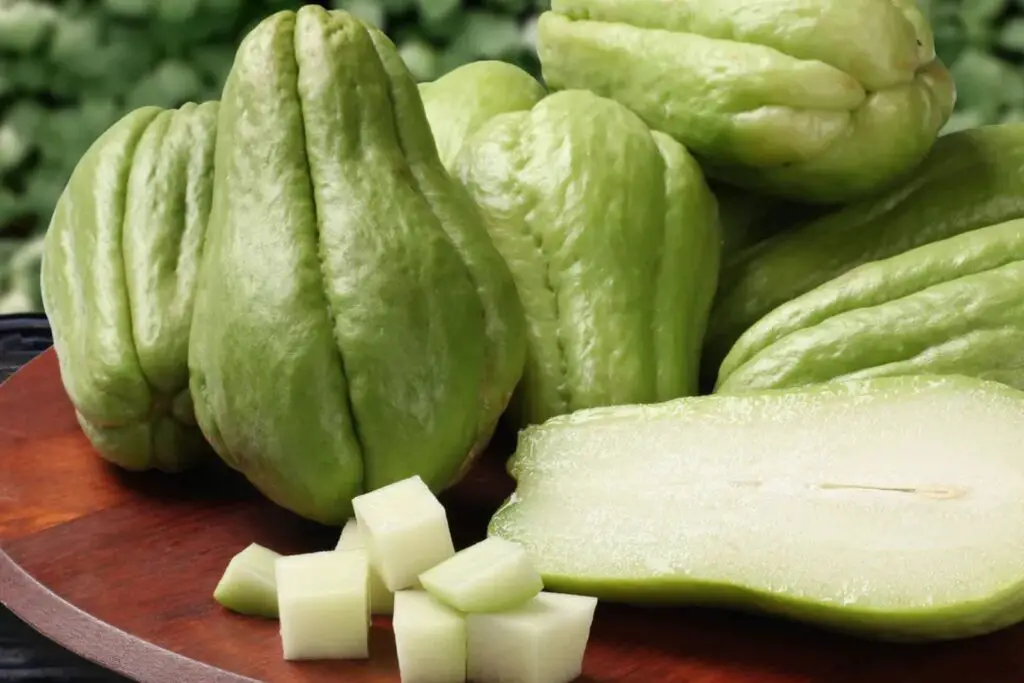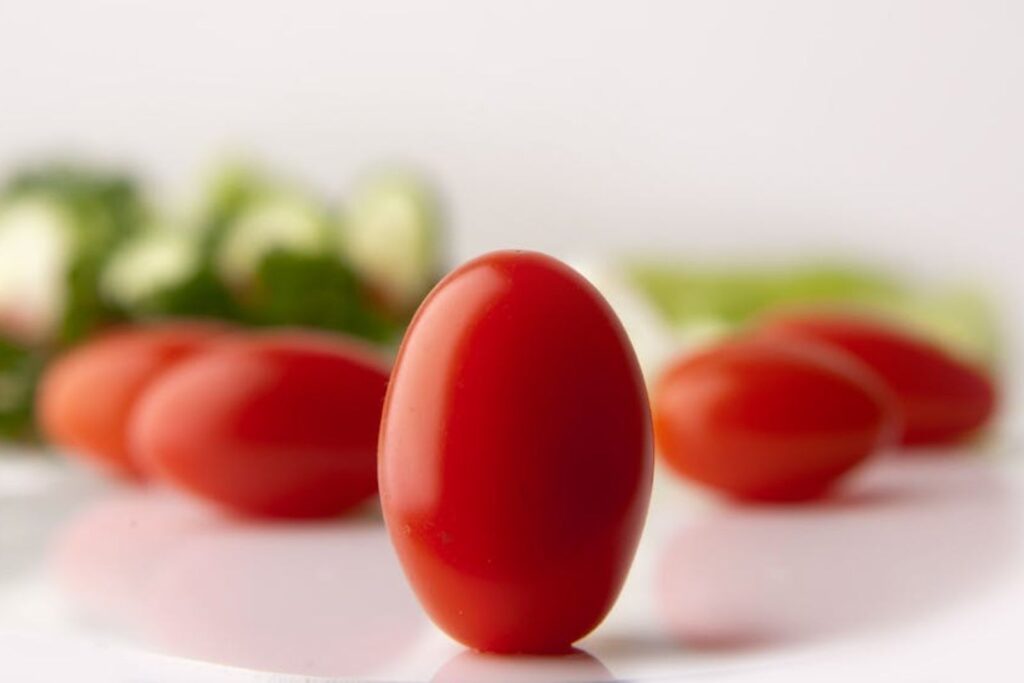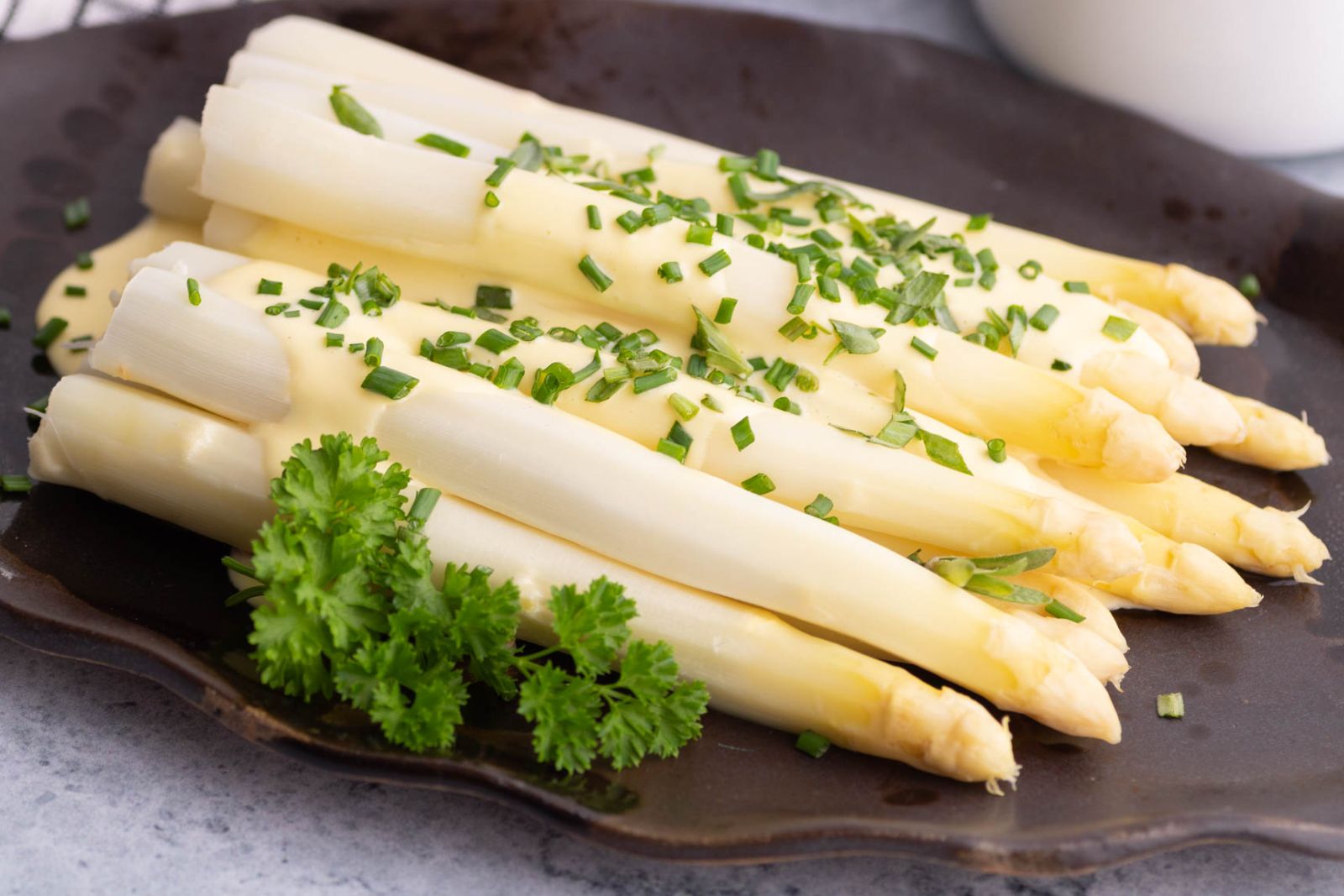
White asparagus spears, like their green counterparts, are a delectable and nutritious vegetable that can be enjoyed in various culinary creations. With their subtle, delicate flavor and distinct color, white asparagus spears are a delightful addition to any meal. Freezing them allows you to preserve their freshness and enjoy them even when they’re not in season. To ensure the optimal quality of your white asparagus spears, follow these simple steps to freeze them effectively while retaining their desired texture and flavor.
Here’s a step-by-step guide on how to freeze white asparagus:
- Step 1: Select fresh white asparagus spears
- Step 2: Wash and trim the spears
- Step 3: Blanch the asparagus spears
- Step 4: Drain and dry the spears
- Step 5: Arrange and flash-freeze the asparagus spears
- Step 6: Package and seal the asparagus spears
- Step 7: Label and date the packages
- Step 8: Store in the freezer
Step 1: Select fresh white asparagus spears
Selecting fresh white asparagus spears is crucial to ensuring the best results when freezing them. Freshness plays a significant role in the overall taste, texture, and nutritional value of the asparagus spears once they are thawed and prepared for consumption.
Firmness is an indicator of the asparagus’s overall quality. When you gently squeeze the spears, they should feel firm and sturdy. Avoid any asparagus that feels soft or limp, as this could be a sign of aging or spoilage.
Plumpness is another aspect to consider. Look for spears that are well-developed and have a plump appearance. Thin or shriveled spears might lack the full flavor and texture that you’d desire in your frozen white asparagus.
Blemishes, such as spots or discolorations on the asparagus, should be avoided. These imperfections could indicate damage or decay, and they may affect the overall taste and quality of the frozen asparagus.
Choosing the freshest white asparagus spears possible ensures that you are starting with the best possible product for freezing. Freezing can alter the texture of vegetables, so starting with high-quality produce maximizes the chances of retaining a pleasant texture after thawing and cooking.
Moreover, fresh white asparagus spears are more likely to retain their vibrant color during the freezing process. This is particularly important for white asparagus, as its pale color is one of its distinctive features and adds an elegant touch to dishes.
Step 2: Wash and trim the spears
Washing and trimming the white asparagus spears are essential steps in the freezing process to ensure the vegetables are clean, safe to eat, and retain their best qualities during storage.
Firstly, washing the asparagus spears helps remove any dirt, dust, or surface contaminants that might be present on the stalks. Even if the asparagus appears clean, there may still be tiny particles that need to be washed away. A gentle rinse under cool water is sufficient to cleanse the spears without subjecting them to high temperatures that could impact their texture or flavor.
Trimming off the tough woody ends of the asparagus is vital to enhance the overall eating experience. The woody ends are the bottom portion of the spears that are usually thicker and harder. They can be challenging to chew and are less flavorful than the tender upper part of the stalks. Removing these ends ensures that you are preserving only the most enjoyable and succulent part of the asparagus.
Additionally, trimming the asparagus spears to a uniform size allows for more consistent cooking later on. Uniform pieces cook evenly, which is especially important when you decide to use the frozen asparagus in various recipes. By removing the tough ends, you are ensuring that all the pieces freeze and thaw uniformly, making it easier to cook with them in the future.
Furthermore, the tough ends of the asparagus contain fibrous material that could adversely affect the texture of the frozen asparagus if left intact. By trimming them, you increase the chances of maintaining the desired texture once the spears are thawed and cooked.
Preserving only the tender and flavorful part of the white asparagus ensures that your frozen vegetable will taste its best when it’s eventually used in dishes. The tender upper portion is the most sought-after part of the asparagus and is known for its delicate taste and pleasant texture.
Step 3: Blanch the asparagus spears
Blanching is a critical step in the process of freezing white asparagus spears because it serves several important purposes that contribute to maintaining their quality during storage.
- Color retention: White asparagus is known for its beautiful, pale color, which adds an elegant touch to dishes. However, this color can fade or darken over time due to enzymatic reactions and exposure to air. Blanching helps preserve the vibrant white color by deactivating the enzymes responsible for the color changes. The quick exposure to high heat during blanching halts these enzymatic reactions, helping the asparagus retain its appealing appearance even after freezing.
- Texture preservation: Blanching briefly cooks the asparagus, resulting in a slight softening of the vegetable. This helps to preserve its tender-crisp texture, which is desirable in many recipes. By blanching, the cell walls of the asparagus are partially broken down, making it easier for the vegetable to retain its texture after thawing and cooking. If white asparagus were frozen without blanching, it would be more likely to become mushy or lose its structure during storage.
- Nutritional retention: The short blanching time helps to retain the nutritional value of the white asparagus spears. While some nutrients may be lost during blanching, the process is relatively quick, minimizing nutrient loss compared to longer cooking methods. By blanching before freezing, you are locking in essential vitamins and minerals that might otherwise degrade during prolonged storage.
- Enzyme deactivation: Besides affecting color, enzymes in vegetables can also lead to flavor changes and nutrient degradation over time. Blanching effectively deactivates these enzymes, helping to maintain the natural taste and nutritional quality of the white asparagus throughout its time in the freezer.
To achieve the best results, it is crucial to blanch the white asparagus spears for the appropriate amount of time. The duration of blanching can vary depending on the thickness of the spears. Two to three minutes is a typical guideline, but thicker spears may require slightly longer blanching times, while thinner spears may need less. The goal is to achieve a slight tenderness while retaining some crispness. Over-blanching can lead to mushy asparagus, while under-blanching may not fully deactivate enzymes and may not adequately preserve the color.
Can I freeze white asparagus without blanching it first?
While it is possible to freeze white asparagus without blanching, it is not recommended. Blanching helps preserve the color, texture, and nutritional value of the asparagus by deactivating enzymes that can cause degradation. Without blanching, the frozen asparagus may suffer from texture and flavor changes during storage.
Step 4: Drain and dry the spears
Draining and drying the white asparagus spears after blanching is a crucial step in the freezing process that helps maintain their quality and prevent undesirable changes.
- Halting the cooking process: After blanching the white asparagus spears, they are partially cooked, and the residual heat can continue to cook them if left at room temperature. Transferring the spears to a bowl of ice water rapidly cools them down and halts the cooking process. This is important because overcooking can lead to mushy asparagus, which is not desirable in frozen vegetables. By stopping the cooking promptly, you preserve the desired tender-crisp texture of the asparagus.
- Retaining vibrant color: Plunging the blanched asparagus into ice water helps preserve its vibrant white color. The quick cooling process helps set the chlorophyll, the green pigment in plants, which could otherwise start to degrade if the asparagus continues to cook. Preserving the white color is especially important for white asparagus, as its visual appeal is one of its distinctive features and adds an elegant touch to dishes.
- Preventing sogginess: Properly draining the asparagus spears after blanching removes any excess moisture. Excess water can lead to sogginess and potentially affect the texture of the frozen asparagus. By draining the spears thoroughly, you reduce the risk of ice crystals forming during freezing, which can cause freezer burn and negatively impact the overall quality of the asparagus.
- Patting dry for better freezing: Drying the white asparagus spears with a clean kitchen towel further removes any remaining moisture. Ensuring the spears are dry before freezing helps prevent the formation of ice crystals on the surface, which can affect the texture and taste of the asparagus. Dry surfaces freeze more efficiently and maintain their quality during storage.
Step 5: Arrange and flash-freeze the asparagus spears
Arranging and flash-freezing the blanched and dry white asparagus spears are vital steps in the freezing process that ensure the individual pieces freeze quickly and retain their quality during long-term storage.
- Preventing sticking: By laying the blanched and dry asparagus spears in a single layer on a baking sheet or tray, you create space between each spear. This prevents them from coming into contact with each other during freezing, which could cause them to stick together. Once frozen together, separating them can be challenging, and it may lead to damage or loss of their original shape and texture. By arranging them in a single layer, you set the stage for easy handling and portioning when it comes time to use the frozen asparagus.
- Flash freezing for individual pieces: Flash freezing involves freezing the asparagus spears at a very low temperature for a short period. Placing the arranged spears in the freezer on the baking sheet allows each piece to freeze individually and quickly. This rapid freezing process prevents the formation of large ice crystals within the asparagus, which could otherwise cause cellular damage and negatively impact the texture of the vegetable.
- Retaining shape and texture: Flash freezing helps the white asparagus spears maintain their original shape and texture during long-term storage in the freezer. When the individual pieces freeze quickly, there is less time for moisture to form ice crystals within the cells, which can cause cell walls to rupture and lead to a mushy texture. By freezing them individually, you are ensuring that each spear retains its structure, making it easier to handle and cook with later on.
- Efficient storage: Flash freezing creates individual frozen asparagus spears that can be easily transferred to airtight freezer-safe containers or resealable freezer bags without the risk of them sticking together. This efficient storage method allows you to take out only the amount of asparagus you need at any given time without thawing the entire batch.
Step 6: Package and seal the asparagus spears
Packaging and sealing the partially frozen white asparagus spears properly is a crucial step in the freezing process that ensures their long-term freshness and prevents freezer burn.
- Airtight containers for protection: Placing the partially frozen white asparagus spears in airtight freezer-safe containers or resealable freezer bags creates a barrier against air, moisture, and odors from the surrounding environment. Airtight packaging prevents the asparagus from coming into contact with air, which can lead to freezer burn and cause the quality of the vegetable to deteriorate. Without proper packaging, the asparagus can become dehydrated and develop unappetizing textures and flavors.
- Removal of excess air: When using resealable freezer bags, it’s essential to remove as much excess air as possible before sealing them tightly. Excess air can contribute to the formation of ice crystals within the package, which may lead to freezer burn and negatively affect the asparagus’s texture and taste. Removing excess air helps maintain the quality of the asparagus and keeps it in optimal condition during storage.
- Prevention of freezer burn: Freezer burn occurs when the surface of frozen food becomes dehydrated due to exposure to air. It can result in dry, discolored patches on the asparagus and negatively impact its flavor and texture. Proper packaging and sealing create a protective environment, minimizing the chances of air reaching the asparagus and causing freezer burn.
- Extended shelf life: By packaging and sealing the partially frozen white asparagus spears correctly, you can extend their shelf life in the freezer. The airtight containers or bags help maintain the freshness and quality of the asparagus over an extended period, allowing you to enjoy it for many months to come.
- Convenient portioning: Properly packaging the white asparagus spears in individual portions or small batches allows you to thaw only what you need for a particular meal, without having to defrost the entire batch. This way, you can minimize food waste and have the flexibility to use the asparagus in different recipes based on your requirements.
Can I freeze white asparagus in ice cube trays for individual portions?
Freezing white asparagus in ice cube trays is an innovative way to create individual portions. Once partially frozen in the trays, transfer the asparagus cubes to an airtight container or freezer bag for long-term storage.
Step 7: Label and date the packages
Labeling and dating the packages of frozen white asparagus spears is a crucial organizational step that helps you keep track of the contents and ensures you use them within their optimal storage period.
- Avoiding confusion: Freezers can become filled with various frozen items over time, making it challenging to remember what each package contains. By labeling each package with “white asparagus spears,” you can quickly identify the contents without having to open and inspect every package. This saves time and minimizes the risk of mistaking the asparagus for another frozen item.
- Knowing the date of freezing: Adding the date of freezing to the label allows you to monitor the age of the frozen asparagus. Over time, frozen foods can experience changes in flavor and texture due to the effects of freezer burn or degradation of nutrients. By dating the packages, you can easily keep track of how long the asparagus has been in the freezer and make informed decisions about when to use them.
- Optimizing quality: While white asparagus can be stored in the freezer for up to 8 to 12 months, it is best to consume them within the first 6 months for the best quality. Freezing is not a permanent preservation method, and even with proper storage, frozen vegetables can experience some degradation over time. By using the frozen asparagus within the recommended time frame, you can ensure they retain their optimal flavor, texture, and nutritional value.
- Reducing food waste: Properly labeling and dating the packages help you keep track of the frozen white asparagus spears’ age, so you can prioritize using the older packages first. This practice helps reduce food waste by ensuring you consume the asparagus before it reaches the end of its recommended storage period. By staying mindful of the dates, you can plan your meals accordingly and minimize any potential waste.
Step 8: Store in the freezer
Storing the sealed packages of white asparagus spears in the coldest part of the freezer is the final step in the freezing process that ensures the safe and long-term preservation of the asparagus.
- Maintaining freezing temperature: Freezers are designed to maintain a constant freezing temperature, typically at or below 0 degrees Fahrenheit (-18 degrees Celsius). This low temperature prevents the growth of harmful bacteria and microorganisms, keeping the asparagus safe to eat throughout its storage period. Maintaining a stable freezing temperature also helps retain the quality, flavor, and texture of the frozen white asparagus.
- Preventing spoilage: Freezing is a well-known method for preserving food by slowing down the natural processes of decay and spoilage. At freezing temperatures, the growth of bacteria, yeast, and molds is significantly inhibited, reducing the risk of foodborne illnesses and extending the shelf life of the asparagus.
- Avoiding freezer burn: Placing the packages of white asparagus spears in the coldest part of the freezer reduces the chances of freezer burn. Freezer burn occurs when frozen food is exposed to air, causing dehydration and oxidation. This can lead to changes in texture, flavor, and appearance of the asparagus. By storing the packages properly and away from the freezer door, where temperature fluctuations are more common, you minimize the risk of freezer burn.
- Organized storage: Keeping the frozen white asparagus spears in the coldest part of the freezer also helps maintain an organized storage system. By designating a specific section of the freezer for long-term storage of frozen vegetables, you can easily locate the packages when needed, preventing unnecessary digging and rearranging of frozen items.
How long can I keep frozen white asparagus in the freezer?
Frozen white asparagus can be stored in the freezer for up to 8 to 12 months. However, for the best quality and flavor, it is recommended to use the frozen asparagus within the first 6 months. Properly stored in an airtight container or resealable freezer bag in the coldest part of the freezer, the asparagus can remain safe to eat for an extended period.
Other related questions
How do I defrost white asparagus?
To defrost white asparagus, transfer the frozen spears from the freezer to the refrigerator. Allow them to thaw in the refrigerator overnight or for about 8 to 12 hours. Once fully thawed, the white asparagus can be used in your desired culinary preparations.
Can I refreeze white asparagus?
It is generally not recommended to refreeze white asparagus once it has been thawed. Freezing, thawing, and refreezing can negatively impact the quality, texture, and taste of the asparagus. It is best to use the thawed white asparagus promptly and avoid refreezing to maintain its optimal freshness.
How do I know if the asparagus has gone bad after being frozen?
To determine if frozen asparagus has gone bad, look for signs of freezer burn, such as dry and discolored patches on the surface. Check for any unusual odors, off-flavors, or changes in texture, such as excessive mushiness or toughness. If the frozen asparagus exhibits any of these characteristics, it may have deteriorated and should be discarded to ensure food safety and quality.
Can I freeze white asparagus after it has been cooked?
Yes, you can freeze white asparagus after it has been cooked, but it’s important to note that the texture may change after thawing and reheating. Cooked white asparagus may become slightly softer during the freezing and thawing process. For the best results, freeze the asparagus while it is still blanched and uncooked to retain its optimal texture and flavor.

